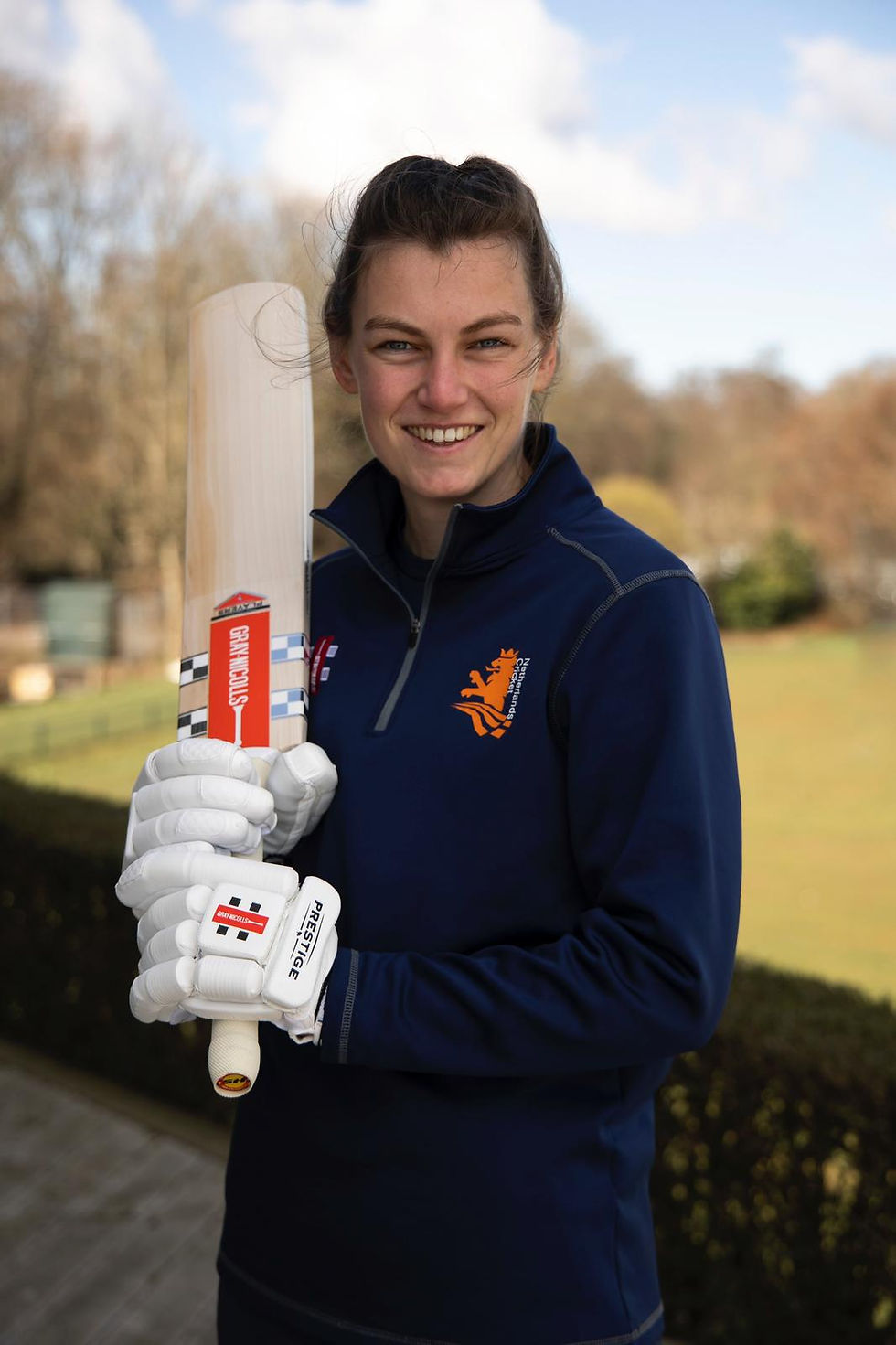To Walk, or Not to Walk, That is the Question
- Amber van Kempen

- Oct 3, 2024
- 2 min read

In the Netherlands, 3 million people are over 65 and make up the third most physically active age group in the country. However, about 7% of this population has osteoporosis, the loss of bone density, as recorded by the Centraal Bureau van Statistieken (CBS). Though it is not considered curable, there are ways to prevent and slow down the progression including medicine and lifestyle changes.
What is osteoporosis?
The name osteoporosis comes from the English and the Greek languages. The English osteo means bone, and the Greek poros means passage or pore. Osteoporosis is a disease that makes the bones more fragile and more likely to break. This is caused by a natural lack of calcium in the body or a low intake of calcium via food over a life time.
To determine the severity of the bone density loss, a DEXA scan is made. “A DEXA scan is the taking of images to determine bone density and to measure changes in those who have repeat scans every few years. These scans are more accurate than X-rays, and are predominantly of the hip and lower back,” says Milou Tinge, an X-ray technician at Stichting Eerstelijns Diagnostiek Nederland. A patient has very bad osteoporosis when their bones break with no clear cause like a stumble, fall, collision or a T-score, a fancy name for bone density, below -2,5.
Why walk?
Tinge says that the hospital sees “patients as young as 50, but many older people have osteoporosis as well.” Though the technicians are not informed of any treatment plans, Nadine Bakker, a physical therapist at Loyds10, says that one lifestyle change most often advised is to walk more.
Physically active people are less likely to develop problems such as osteoporosis writes Warburton et al. in Review. From their research, those who start moving to become active show a greater improvement in health status compared to those who choose to make no changes in their lifestyle.
An article by Castrogiovanni et al. says that aerobic exercise, which is a type of movement that raises the heart rate and increases the oxygen intake to produce energy, is the most appropriate training for patients with bone density loss. “Due to the bone’s fragility and the patient’s advanced age, exercise with great physical impact is often not possible”, says Bakker. This leaves walking, jogging and step training as great options.

The research by Castrogiovanni et al. tests bone density and bone content before and after engaging in regular aerobic exercise for 24 weeks. The results present an increase in the bone density of the spine and femur, thus further highlighting the importance of exercise.
Orthopaedic specialists work together with physical therapists to give their patients the best care. “The most common treatment is to heal and strengthen the joints, ligaments and muscles around the hips and spine. This can help reduce a patient’s risk of injury,” says Bakker.
“Strength training is the best type of exercise for joints and muscles, but most older patients with osteoporosis also have osteoarthritis, which affects joint mobility even more. Walking is therefore a gentle option. Nevertheless, movement is crucial to a body’s well-being,” says Bakker.




Comments